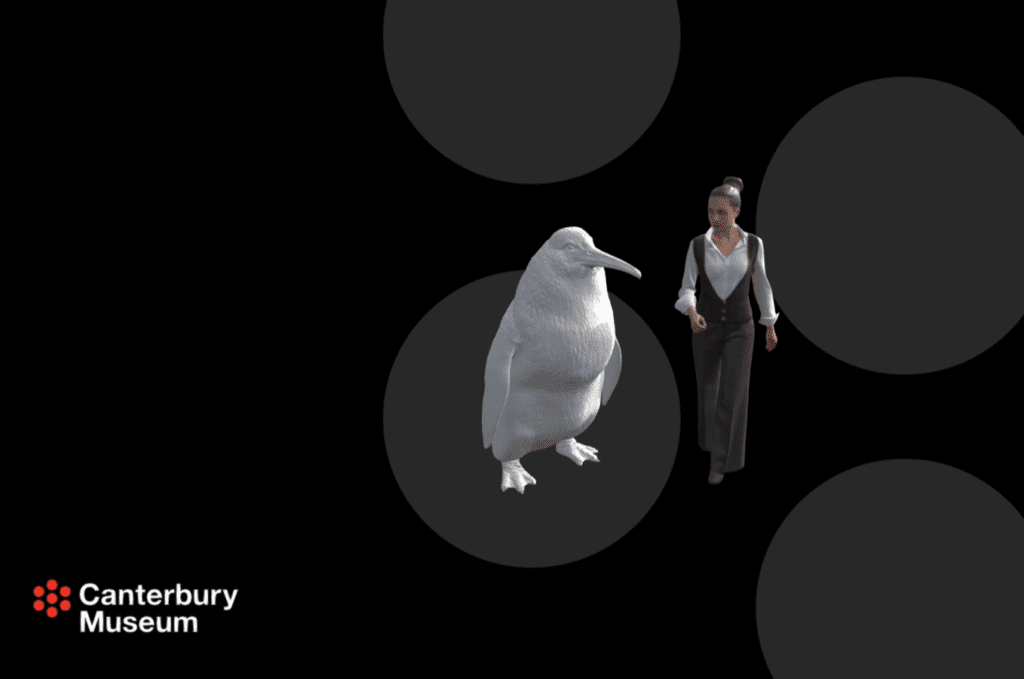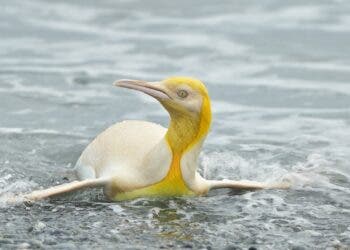Science confirms: giant penguins exist(ed).
An amateur fossil find last year — large bird leg bones — confirm that giant penguins lived on New Zealand’s South Island millions of years ago.

Image credits Gerald Mayr et al., (2019), AAJP.
Big Bird
The fossil “provides further evidence that penguins attained a very large size early in their evolutionary history,” according to the authors.
The bones belonged to a 80-kilogram bird that could grow to nearly 1.6 meters (63 inches) high, according to a new paper describing the fossils. Christened Crossvallia waiparensis, it hunted off New Zealand‘s coast in the Paleocene era, 66-56 million years ago.
It would make it roughly four times heavier and 40cm taller than the modern Emperor penguin, the researchers add.

Image credits Canterbury Museum.
New Zealand isn’t a stranger to extinct big birds. Between Haast’s eagle, with its three-meter wingspan and the flightless moa, which grew up to 3.6-meters tall, these beasts roamed both the land and the sky.
So there has been speculation that a species of large penguins also evolved here to take advantage of marine ecosystems — which the present findings prove correct.
“It further reinforces our theory that penguins attained great size early in their evolution,” says Canterbury Museum researcher Vanesa De Pietri, adding that this is the second giant penguin from the Paleocene era found in the area.
These ‘mega-penguins’ were likely driven extinct by the emergence of other large marine predators such as seals and toothed whales.
The paper “Leg bones of a new penguin species from the Waipara Greensand add to the diversity of very large-sized Sphenisciformes in the Paleocene of New Zealand” has been published in the journal Alcheringa: An Australasian Journal of Palaeontology.






